7 GPTs for Mood-Based Playlists Powered by AI for Free of 2025
AI GPTs for Mood-Based Playlists refer to a specialized application of Generative Pre-trained Transformers (GPTs) focused on curating and managing playlists based on emotional contexts. These tools leverage the advanced natural language understanding and generation capabilities of GPTs to interpret user mood and provide tailored music or audio experiences. Their design aims to enhance personalization in digital music services, making them particularly effective for tasks like mood detection, playlist curation, and user engagement.
Top 7 GPTs for Mood-Based Playlists are: Mood FM DJ,SpotiFinder GPT,DJango,Song That Suits My Mood,Playlist Buddy,Music Recommend GO,Rhythm Recommender
Mood FM DJ
Your AI-Powered Personal DJ
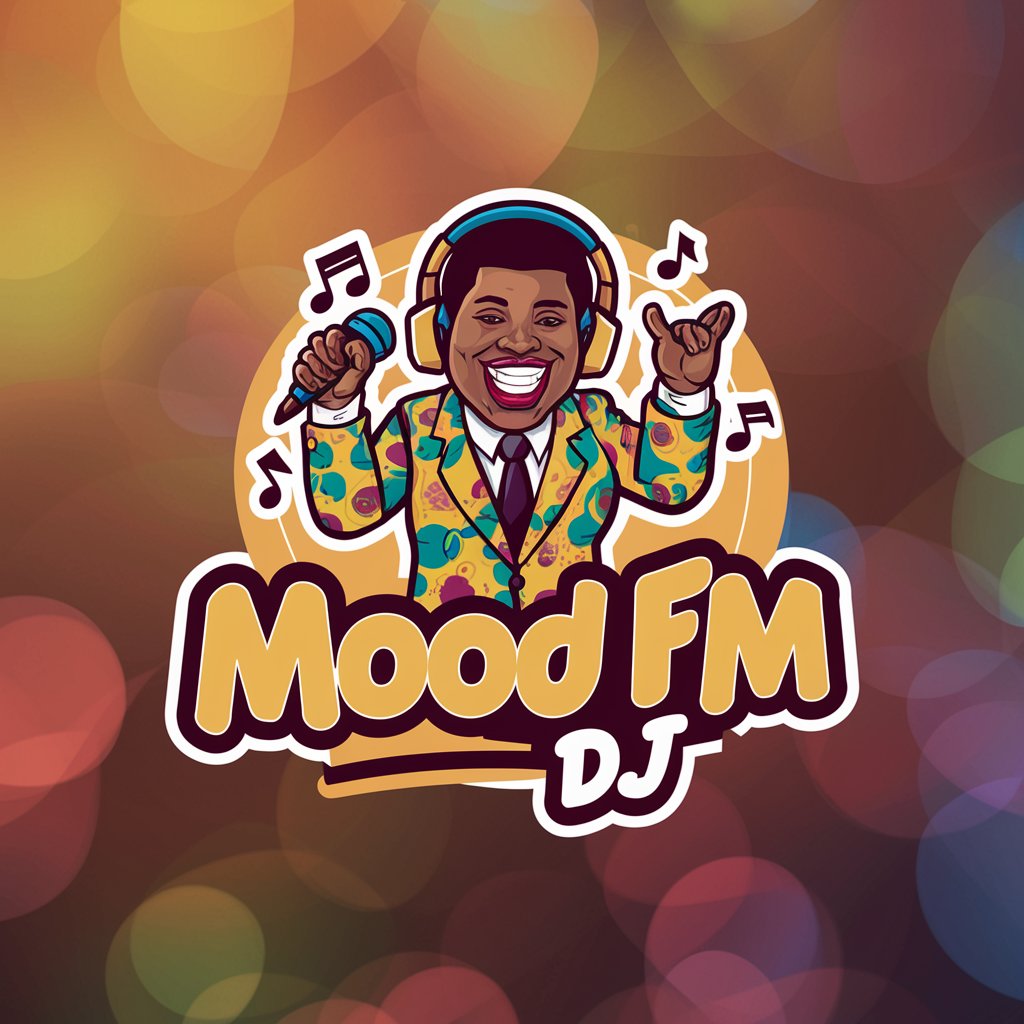
SpotiFinder GPT
Finding Your Feelings in Music

DJango
Your AI-Powered Music Matchmaker
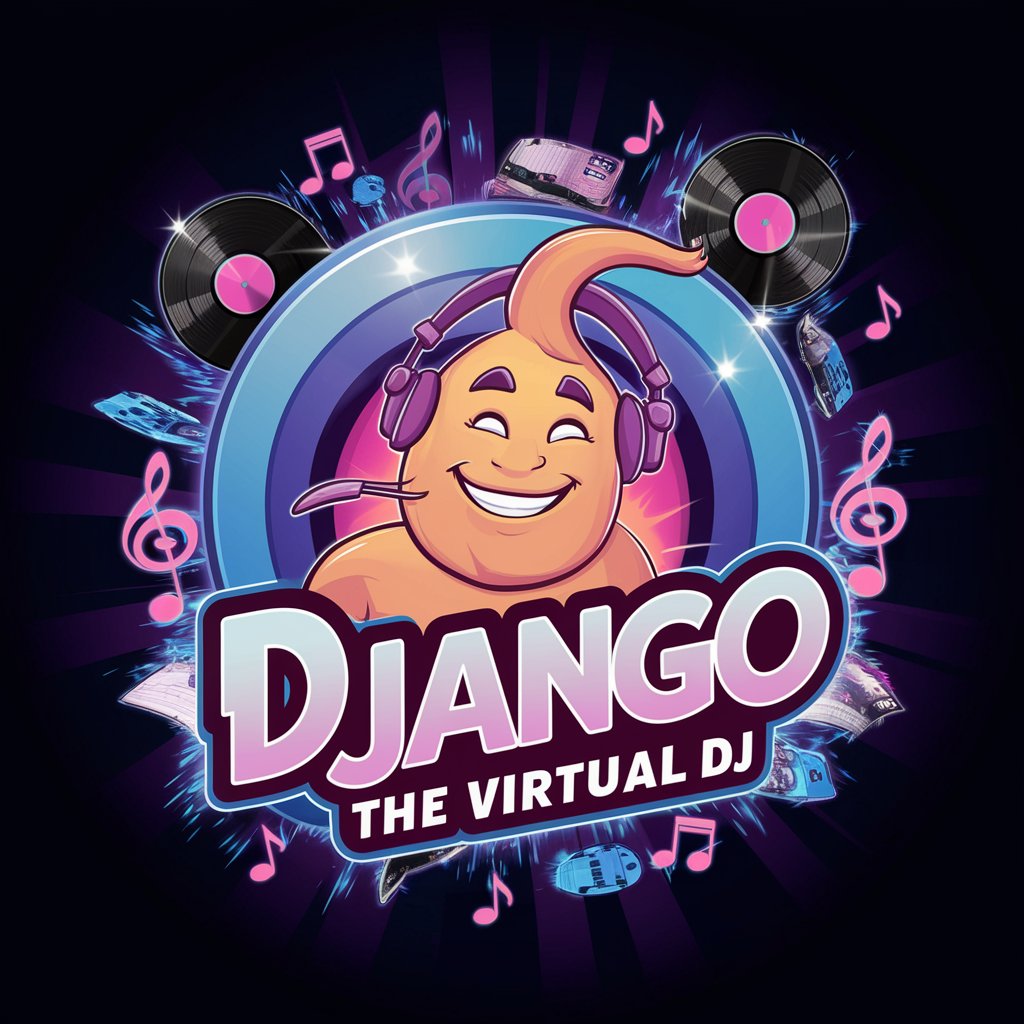
Song That Suits My Mood
Personalize your music mood journey with AI.
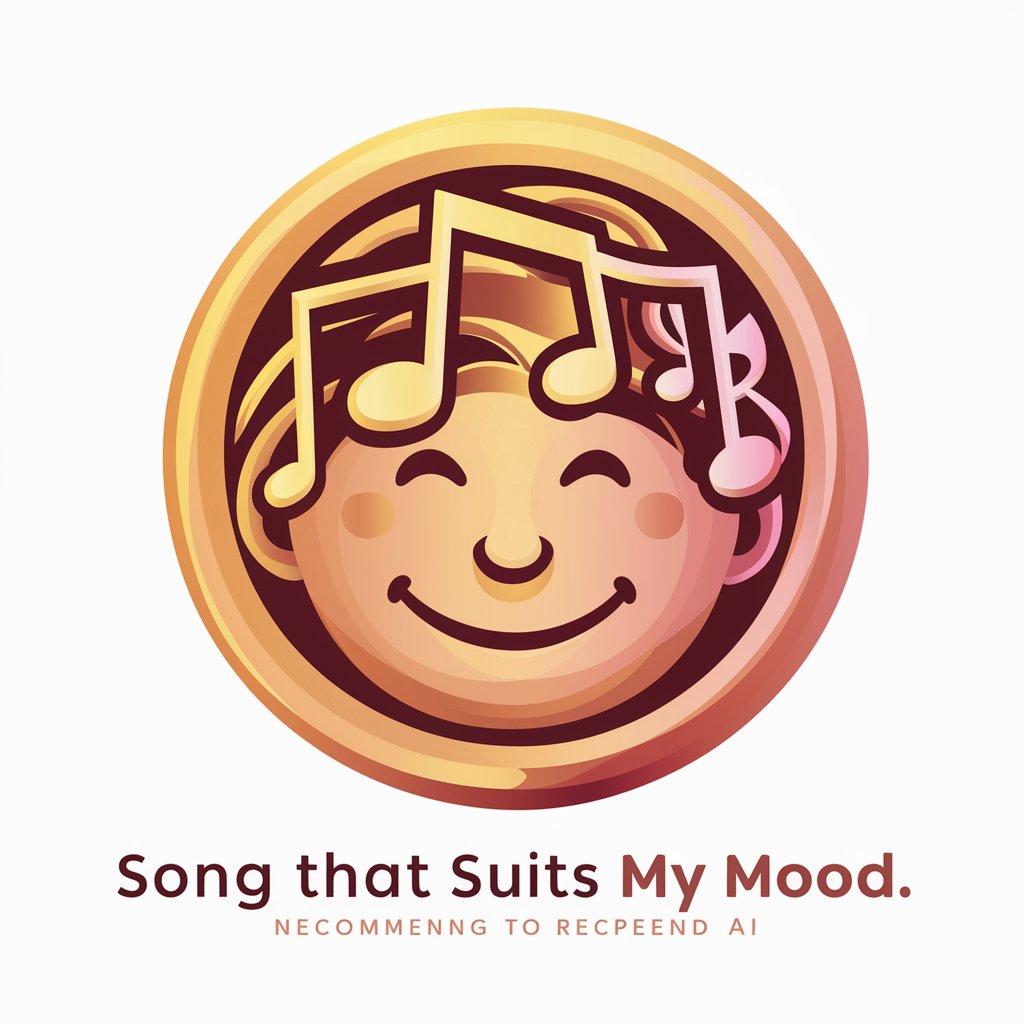
Playlist Buddy
Crafting Your Perfect Playlist with AI
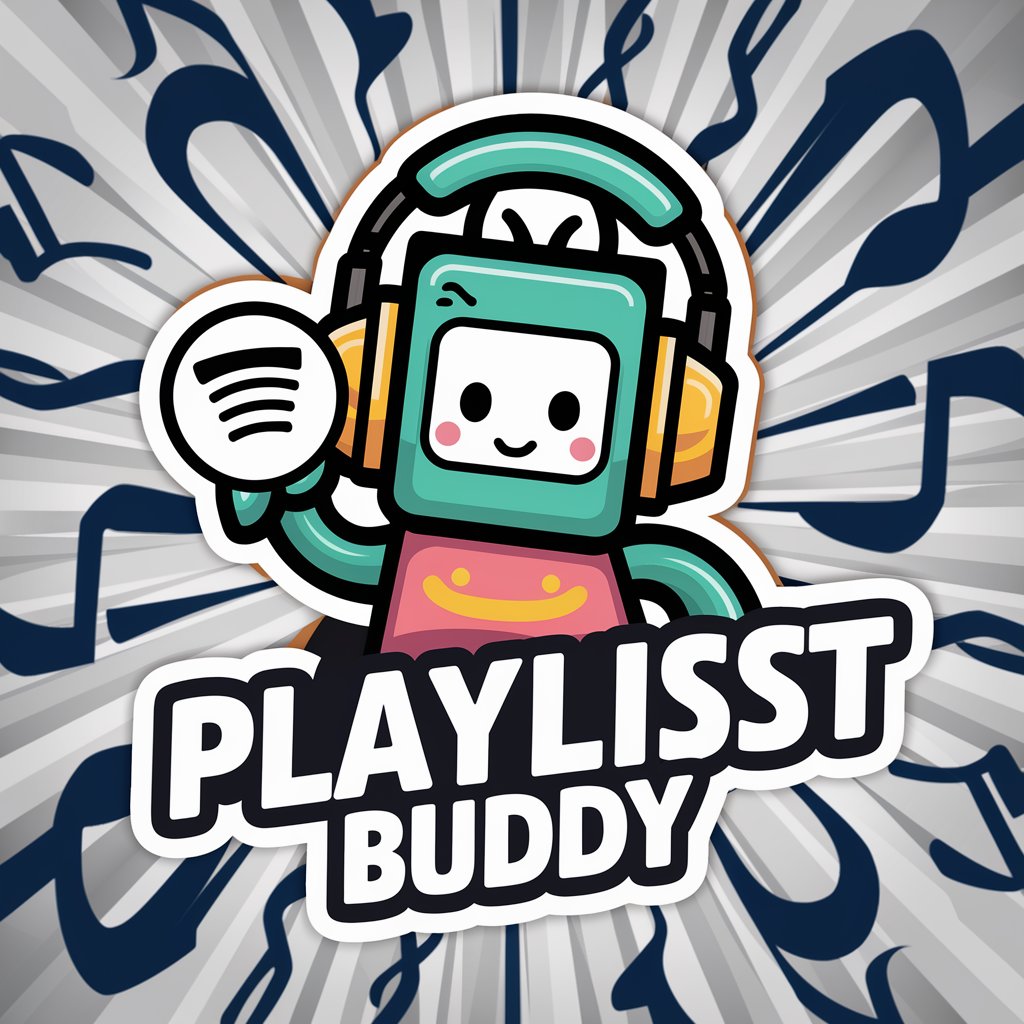
Music Recommend GO
Personalized Music for Every Moment

Rhythm Recommender
Discover Music with AI Precision
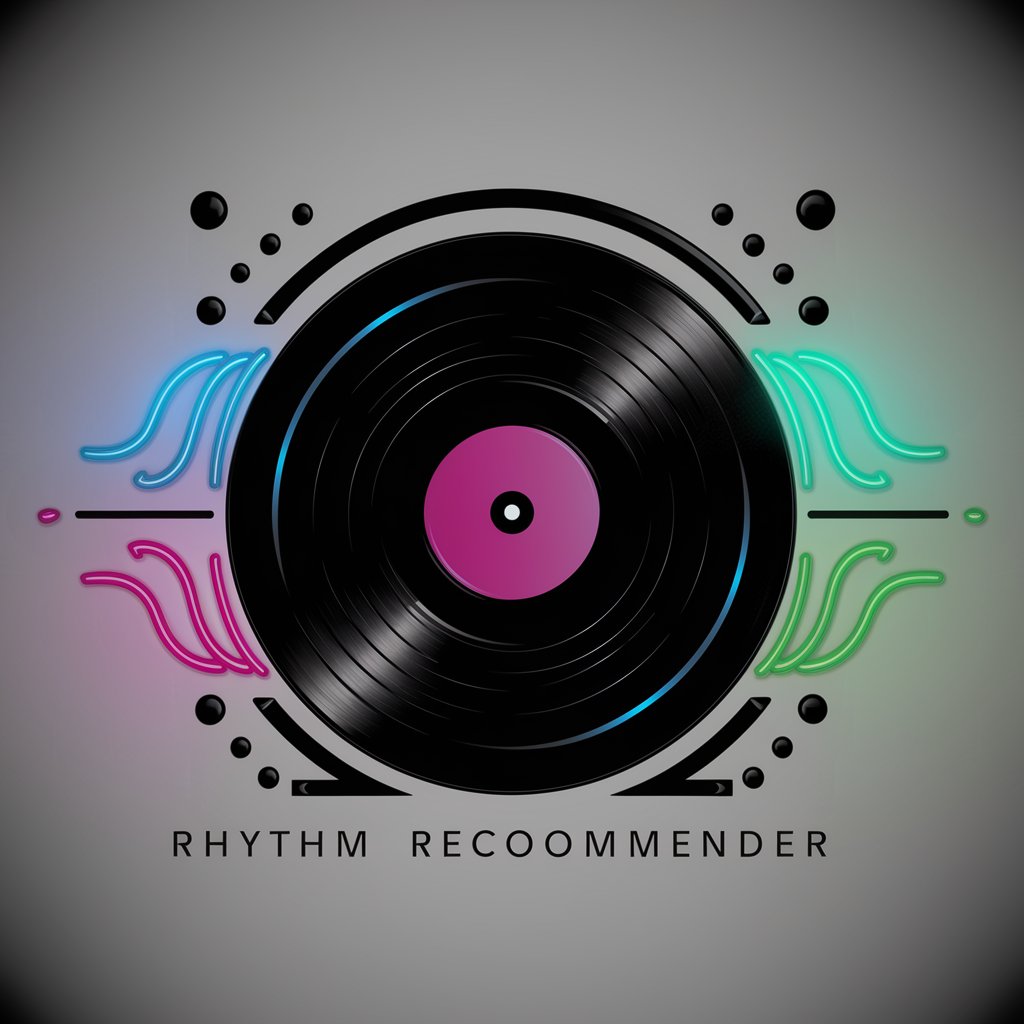
Principal Characteristics and Capabilities
AI GPTs for Mood-Based Playlists are distinguished by their adaptability, capable of handling tasks from simple playlist suggestions to complex mood analysis. Key features include dynamic learning abilities to refine music suggestions, robust language models capable of understanding user feedback, and the integration of multimedia handling for comprehensive playlist management. These tools also support various data analysis functions to track user engagement and preferences.
Who Can Benefit From These Tools?
The primary users of AI GPTs for Mood-Based Playlists are music streaming service providers, app developers, and digital marketers. These tools are accessible to novices who wish to explore AI-driven music curation, while offering deep customization options for developers and professionals looking to integrate sophisticated AI functionalities into their platforms.
Try Our other AI GPTs tools for Free
Decade Selection
Discover how AI GPTs for Decade Selection unlock insights into different decades, offering precision in content generation and analysis for researchers, marketers, and creators.
Interactive Trivia
Discover how AI GPTs for Interactive Trivia revolutionize trivia games by personalizing content, adapting to user levels, and enhancing engagement through dynamic, AI-driven interactions.
Pitch Optimization
Discover AI-powered Pitch Optimization: tailor and refine your pitches with advanced AI GPT tools, designed for impactful, persuasive communication across industries.
Consciousness Research
Explore the frontier of consciousness studies with AI GPT tools designed to enhance research, analysis, and understanding in this intriguing field.
Mind Theories
Discover how AI GPTs for Mind Theories are transforming the study of psychology and cognitive sciences, offering insights and tailored solutions for professionals and enthusiasts alike.
Therapeutic Guidance
Explore AI-powered GPT tools for therapeutic guidance, designed to provide personalized, confidential mental health support and complement traditional therapy practices.
Insights on Tailored AI Solutions
AI GPTs for Mood-Based Playlists exemplify the application of tailored AI solutions across different sectors. Their capability to integrate smoothly with other systems and adapt to varying contexts without significant overhauls highlights their potential in creating intuitive, user-centric interfaces.
Frequently Asked Questions
What exactly does an AI GPT for Mood-Based Playlists do?
It uses machine learning to analyze user input and environmental factors to suggest music that matches their current mood.
How does a GPT understand mood?
GPTs analyze text and auditory inputs using natural language processing and emotional recognition technologies to detect mood nuances.
Can these tools generate new music based on mood?
Yes, some advanced GPTs are equipped to compose new tracks by understanding mood-specific elements in music.
Are Mood-Based Playlist GPTs easy to integrate with existing systems?
Yes, they are designed to be compatible with existing digital platforms and can be integrated via APIs.
Do I need coding skills to use these GPTs?
No, many GPTs are designed with user-friendly interfaces that do not require prior coding knowledge for basic tasks.
What makes Mood-Based Playlist GPTs different from regular music recommendation algorithms?
They specifically focus on emotional intelligence and contextual understanding rather than solely on musical attributes or past listening history.
How can businesses benefit from using these GPTs?
Businesses can enhance user engagement and satisfaction by providing highly personalized music experiences tailored to the listener's mood.
What data is needed for a GPT to effectively curate mood-based playlists?
Data can include user input on mood, listening history, environmental factors, and behavioral cues.